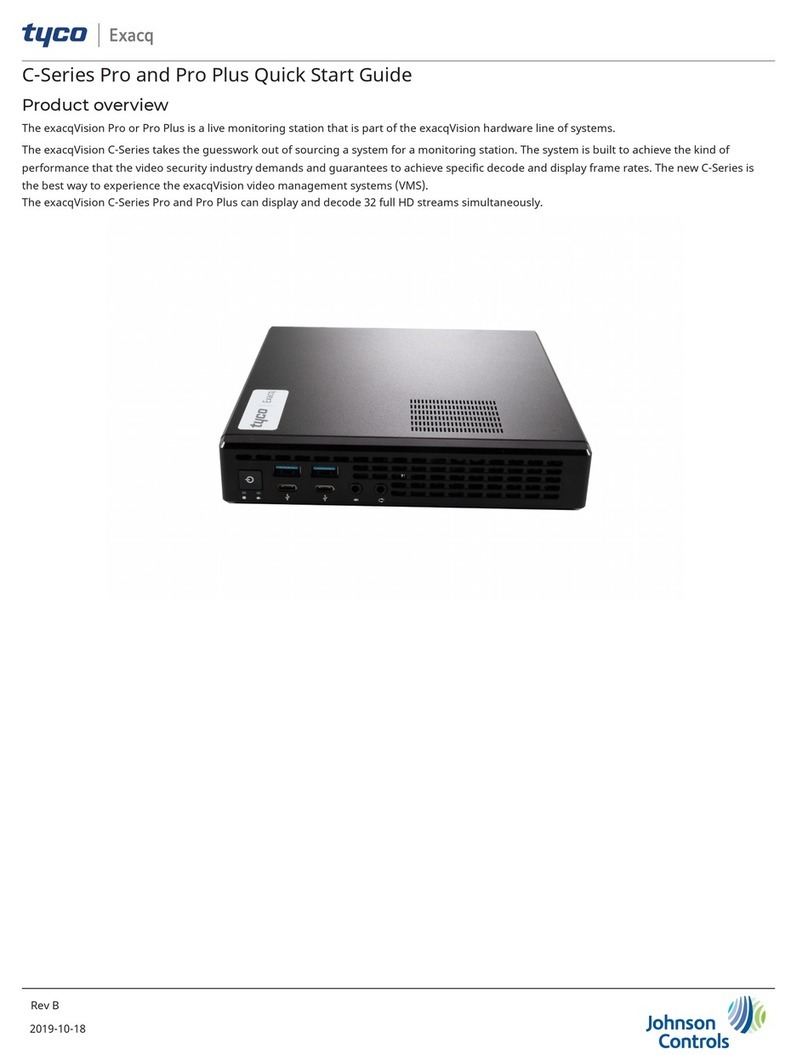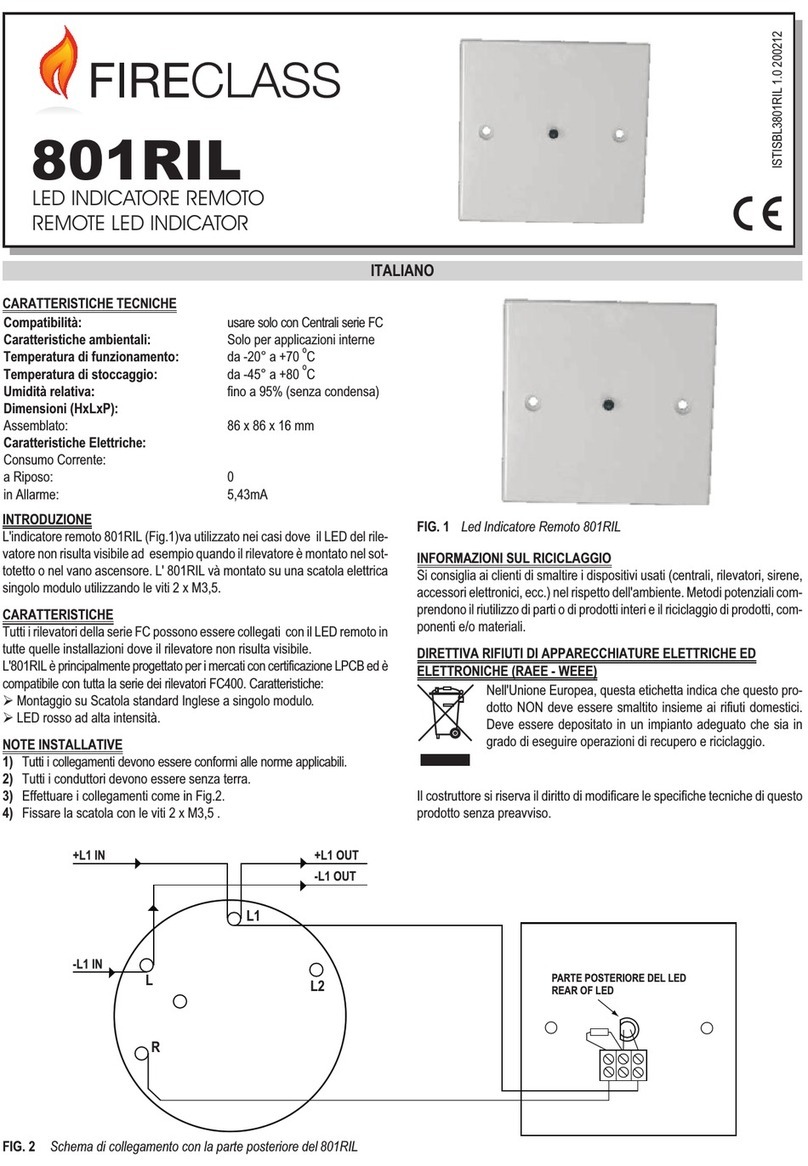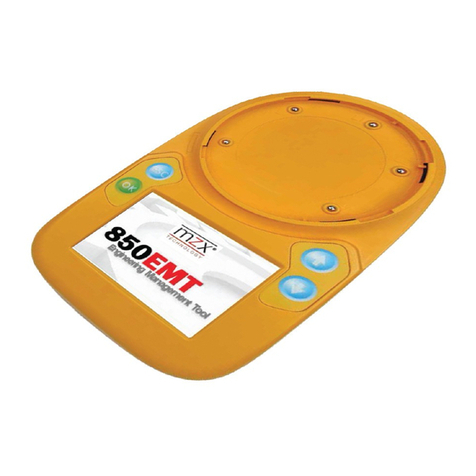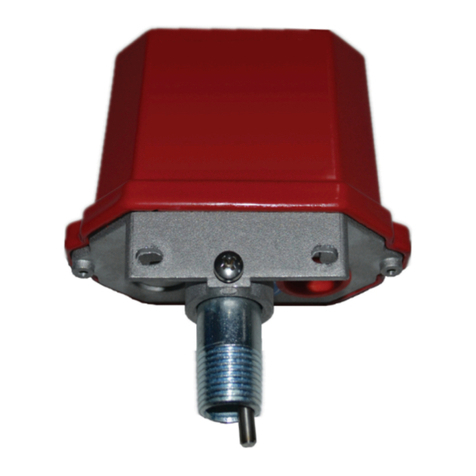
F3200 Operator's Manual Document No: LT0119
Page iv 29 July 2002 Issue 2.04
6.6 RECALL SYSTEM FAULTS................................................................................ 6-7
6.7 BUZZER TEST.................................................................................................. 6-12
6.8 RECALL HISTORY ........................................................................................... 6-13
6.9 SET SYSTEM TIME.......................................................................................... 6-14
6.10 SET SYSTEM DATE ........................................................................................ 6-14
6.11 ANCILLARY & PLANT ISOLATE ..................................................................... 6-15
6.12 PRINT FUNCTIONS......................................................................................... 6-17
6.13 RZDU STATUS DISPLAY ................................................................................ 6-18
6.14 RECALL DATABASE CRC .............................................................................. 6-19
6.15 ERROR AND EVENT MESSAGES.................................................................. 6-20
7 OPERATING INSTRUCTIONS - ZONE FUNCTIONS.................................7-1
7.1 ZONE ALARM OR FAULT TEST........................................................................ 7-2
7.2 ZONE ISOLATE OR DE-ISOLATE ..................................................................... 7-5
7.3 ZONE RESET ..................................................................................................... 7-7
7.4 ZONE AUTO-RESET MODE .............................................................................. 7-9
7.5 ZONE STATUS RECALLS................................................................................ 7-12
8 OPERATING INSTRUCTIONS - RELAY/OUTPUT FUNCTIONS...............8-1
8.1 INTRODUCTION................................................................................................. 8-2
8.2 MODULE RELAY STATUS RECALL.................................................................. 8-4
8.3 MODULE RELAY ISOLATE................................................................................ 8-5
8.4 MODULE RELAY RESET SUPERVISION FAULT ............................................. 8-6
8.5 MODULE RELAY TEST...................................................................................... 8-7
8.6 ANCILLARY RELAY STATUS RECALL ............................................................. 8-8
8.7 ANCILLARY RELAY ISOLATE ........................................................................... 8-9
8.8 ANCILLARY RELAY RESET SUPERVISION FAULT ...................................... 8-10
8.9 ANCILLARY RELAY TEST ............................................................................... 8-11
8.10 OPEN COLLECTOR STATUS RECALL OR TEST ......................................... 8-12
9 PLACING INTO OPERATION.....................................................................9-1
9.1 GENERAL ........................................................................................................... 9-2
9.2 POWER-UP ........................................................................................................ 9-2
9.3 COMMISSIONING CHECKLIST ......................................................................... 9-3
10 SYSTEM TESTING & MAINTENANCE ....................................................10-1
10.1 SYSTEM TESTING & FAULT FINDING .......................................................... 10-2
10.2 MODULE REMOVAL ....................................................................................... 10-3
10.3 SYSTEM MAINTENANCE ............................................................................... 10-4
10.4 PREVENTION OF FALSE ALARMS................................................................ 10-6
11 NETWORK SYSTEMS ..............................................................................11-1
11.1 INTRODUCTION.............................................................................................. 11-2
11.2 NDU - NETWORK DISPLAY UNIT .................................................................. 11-4
11.3 LCD TOTALS, LEDs, OUTPUTS & BUZZER OPERATION ........................... 11-5
11.4 BELL ISOLATE/NETWORK SILENCE OPERATION....................................... 11-7
11.5 NETWORK FIP & ZONE NUMBERING ........................................................... 11-8
11.6 SYSTEM FAULT RECALL/NET PANEL STATUS RECALL ......................... 11-10
11.7 NETWORK COMMAND RESPONSES & EXCEPTION MESSAGES .......... 11-12
11.8 NETWORK SYSTEM COMMANDS............................................................... 11-14
11.9 REMOTE RELAY & OPEN COLLECTOR OPERATION & ZONE MAPPING11-17
11.10 NETWORK ZONE RECALLS & COMMANDS............................................... 11-18
11.11 POINT RECALLS & COMMANDS ................................................................. 11-27

































